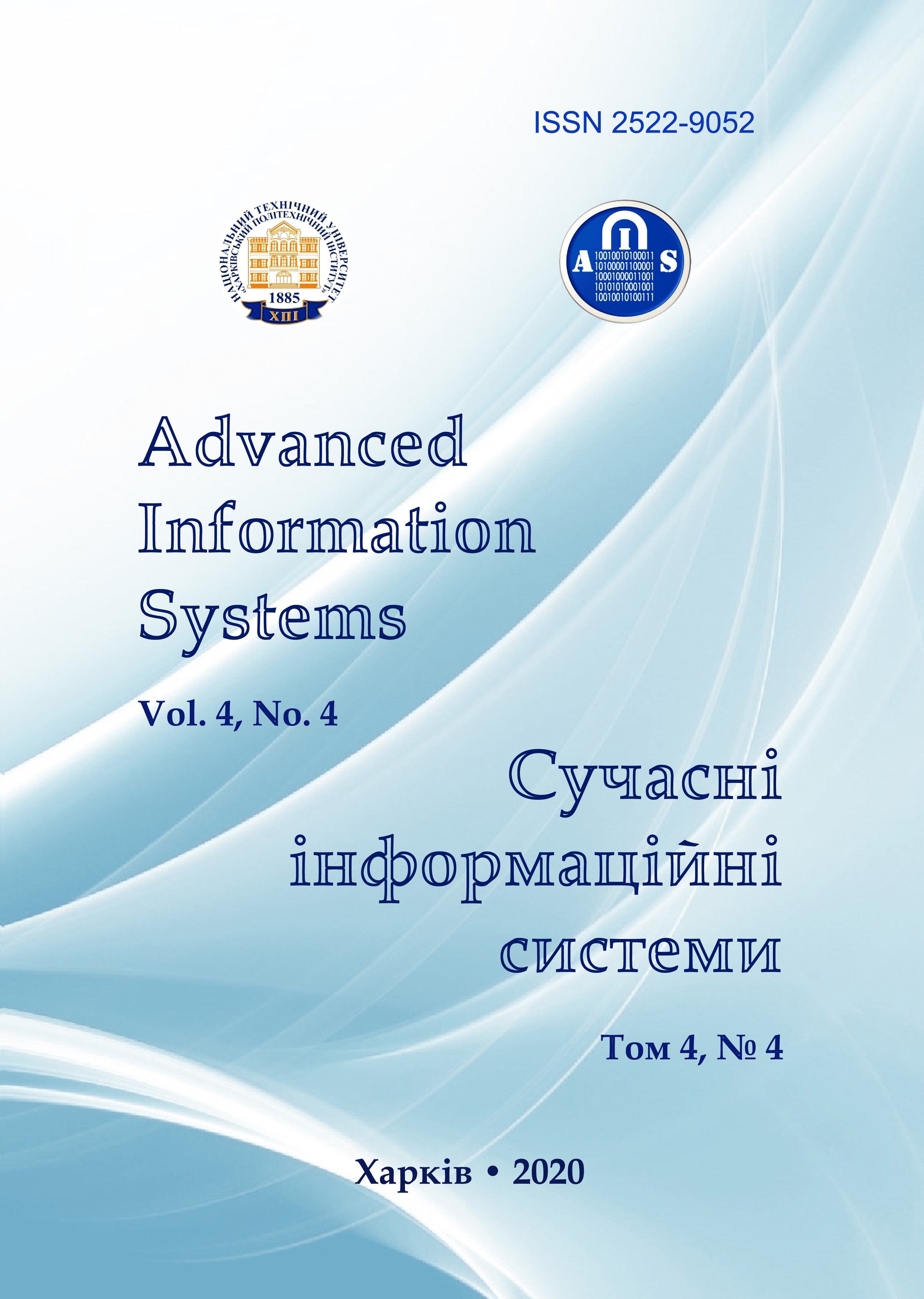COMPUTER MODELLING OF A VERY HEAT RESISTANT Hf6C3N2 FOR COVER OF HYPERSONIC FLIGHT VEHICLES
Main Article Content
Abstract
The creation of a very heat resistant cover for returnable orbiters and for hypersonic flying aircrafts is an actual problem in modern science and technics. Therefore, computer modelling and investigations molecular structure of various multicomponent compounds are important tasks. In the paper, based on the computer model the molecular structure and a very heat resistant of carbonitride hafnium Hf6C3N2 have been investigated by using of the semiempirical quantum mechanical method PM3. Some mechanical, electrical, optical and thermodynamic parameters of this material have been researched. Debye temperature and melting temperature have been calculated. The found theoretical value of melting temperature of carbonitride hafnium Hf6C3N2 is approximated to obtained experimental results. The block diagram of carried out investigations has been presented. The results of investigations indicate that these materials can be applied as a very heat resistant cover for hypersonic flight vehicles and returnable orbiter.
Article Details
References
Córdoba, J.M., Sayagués, M.J., Alcalá, M.D. and Gotor, F.J. (2007), “Monophasic Nanostructured Powders of Niobium, Tantalum, and Hafnium Carbonitrides Synthesized by a Mechanically Induced Self Propagating Reaction”, J. Am. Ceram. Soc., Vol. 90, pp. 381–387, DOI: https://doi.org/10.1111/j.1551-2916.2006.01395.x
Buinevich, V.S., Nepapushev, A.A., Moskovskikh, D.O., Trusov, G.V., Kuskov, K.V., Vadchenko, S.G. and Rogachev, A.S. (2020), “Fabrication of ultra-high-temperature nonstoichiometric hafnium carbonitride via combustion synthesis and spark plasma sintering”, Ceramics Int., Vol. 46, No. 10, pp. 16068-16073, DOI: https://doi.org/10.1016/j.ceramint.2020.03.158
Gasanov, A.G. and Bairamov, A.A. (2019), “Simulation of the Electronic Structure of Graphene-Polyvinylidene Fluoride Composite Material”, Physics of the Solid State, Vol. 61, No. 1, pp. 56–61.
Blatov, V.А., Shevchenko, А.P. and Peresipkina, Е.V. (2005), Semiempirical calculated method of quantum chemistry, Univers-group, Samara, 2005, 32 p.
Dan, Guo, Guoxin, Xie and Jianbin Luo (2014), J. Phys. D: Appl. Phys, 47 013001, 25 p.
Chernyaeva, Т.P., Grishina, V.М., Michaylov, Е.А. and Оstapov, А.V. (2009), The problems of atomic science and Technology, No. 4-2. Radiation damage physics and radiation material science (94), pp. 206-217.
